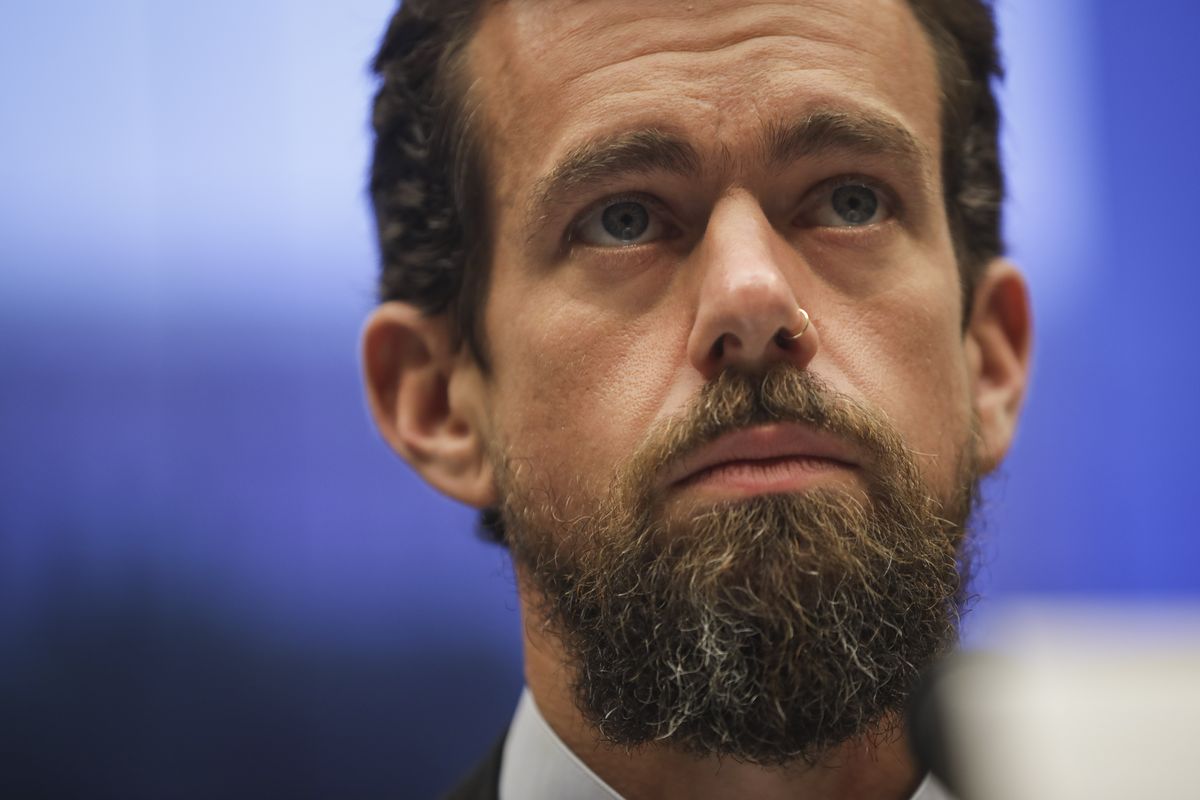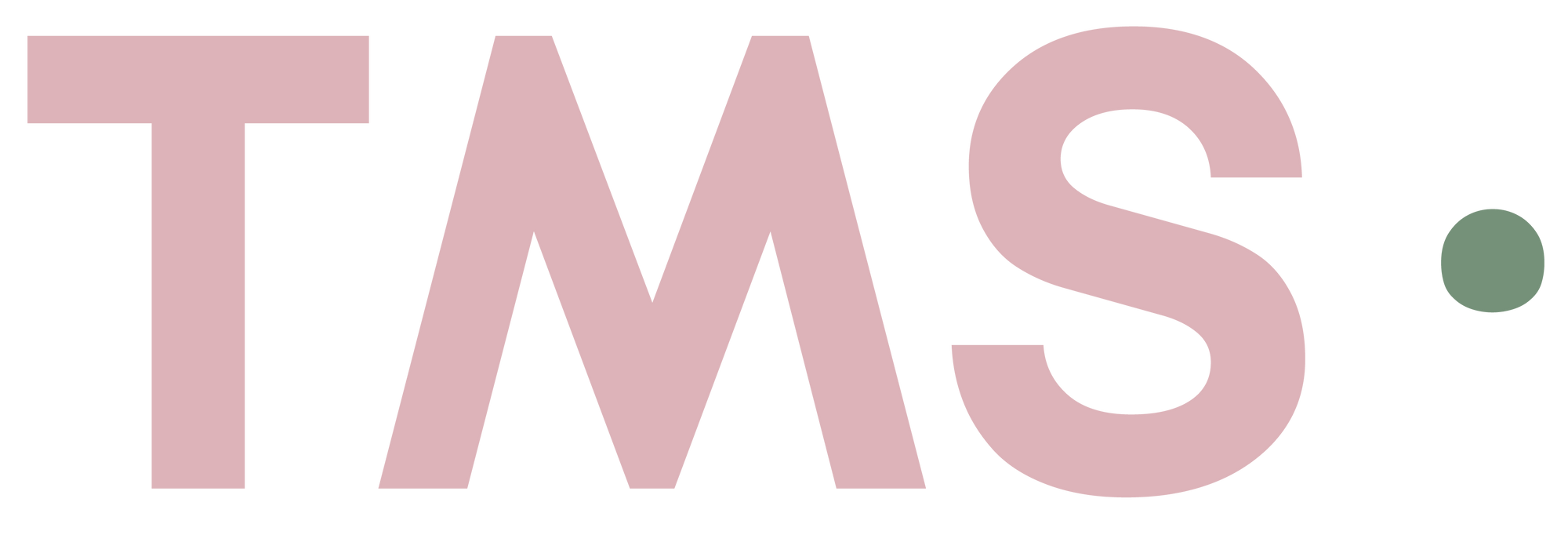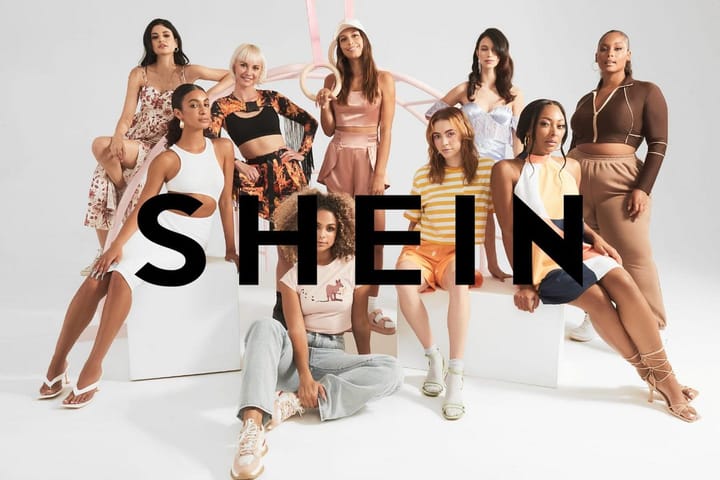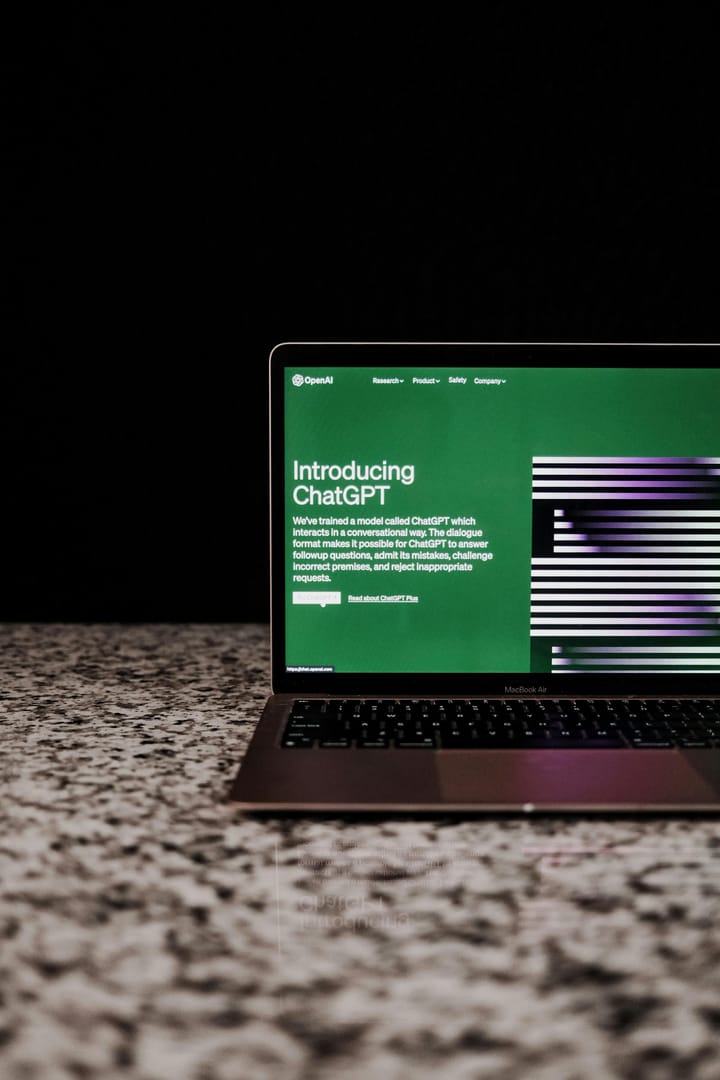Who is Jack Dorsey?

A few minutes every morning is all you need.
Stay up to date on the world's Headlines and Human Stories. It's fun, it's factual, it's fluff-free.
As one of the co-founders, and the chief executive officer, of Twitter and the mobile payments company Square, Jack Dorsey is one of the most influential voices in Silicon Valley. In recent months, he’s also been involved in some notable developments surrounding both his philanthropy and free speech controversies on the Twitter platform.
In early April, Dorsey pledged US$1 billion, or 28% of his total wealth into coronavirus relief programs, funneled through a company called Start Small that would record all donations on a public Google document.
On May 21, Dorsey announced a US$5 million donation to Humanity Forward, a nonprofit founded by former Democratic presidential candidate Andrew Yang that is committed to distributing one-time and recurring relief payments in the hope of promoting the efficacy of Universal Basic Income.
As for Twitter, the recent decision to start flagging tweets deemed inappropriate or false by President Donald Trump has opened a new front in the ongoing battle over user’s rights on social media platforms.
Thus far, it’s been a busy and eventful year for Dorsey. So how did he get where he is today?
Early Life
Dorsey was born in November 1976 in St. Louis, Missouri, where he demonstrated an interest in technology from a young age.
As a teenager, Dorsey created software to track taxi and ambulance services in order to visualize their movements on a map. This software was later used by taxicab companies.
After graduating from a High School in the St. Louis area, Dorsey enrolled at the Missouri University of Science and Technology and later attended New York University. But he never finished his degree, moving to California in 1999 where he soon started a company offering his dispatch software over the Internet.
Twitter comes online
The idea for Twitter reportedly took shape after Dorsey envisioned an instant messaging service that incorporated aspects of his mobile-minded dispatch software. Dorsey wanted to create a message service where people could post updates and check in with their friends from any location.
The first message on the platform, now commonly known as a “tweet,” was posted by Dorsey in March 2006, where he wrote, “just setting up my twttr.”
In its early days, Twitter was sometimes mocked for a lack of utility and an alleged tendency for its users to engage in self-centered behavior or shallow commentary. But as Twitter’s user base grew, so did acceptance of the platform.
Observers have noted that Twitter evolved to be different from other social media platforms, such as Facebook, as it incentivized more topic-based discussion and information sharing.
In 2008, presidential candidates Barack Obama and John McCain both used Twitter to engage with supporters. In 2009, the platform’s user base grew by over 1,300%.
In early 2019, Twitter reported that it had 126 million daily active users around the globe. While significant, these numbers allude to the company’s status as more of a niche platform, at least in comparison to Facebook, which around the same time reported 1.2 billion global users.
Rise of Square
Dorsey co-founded Square in 2009 for the purpose of making it easier for businesses to accept mobile payments. Among other financial services, Square offers payment products through a mobile application and a piece of hardware that connects to mobile devices, helping facilitate purchases for small businesses.
According to Dorsey, the idea occurred to him in 2008 after talking with an old boss of his who told him the story of how he lost a US$2,000 sale because the customer wanted to make the purchase with a credit card, which he didn’t have the ability to process.
Dorsey wanted to use smartphones to facilitate such payments, and later formed a team to build the hardware and software to make it happen. The company went public in 2015, and by the end of 2019 its payment application had 24 million active monthly users.
In the wake of the coronavirus crisis, both Twitter and Square have announced that most employees would be allowed to work from home permanently if they wish.
Controversies
In 2018, Dorsey tweeted about his trip to Myanmar, a country in Southeast Asia, where he took a 10-day Buddhist meditation retreat.
Some users took offense to the posts, alleging that Dorsey failed to take into account the human rights abuses of the Rohingya ethnic minority within the country. Some also argued that Twitter was one of the platforms being used in the country to spread anti-Rohingya hate.
In response, Dorsey tweeted that he was aware of the atrocities in Myanmar and that he went on the trip “with the singular objective of working on myself,” adding that visiting wasn’t an endorsement of those actions but acknowledged that he needed to “learn more.”
In May 2019, Twitter suspended the account of Min Aung Hlaing, a Myanmar army general who is accused of ordering the military to use widespread violence against the Rohingya, which allegedly resulted in ethnic cleansing or genocide.
The latest controversy over free speech on Twitter may be more consequential for the company, at least in the United States.
After Twitter put warning labels on two of President Trump’s tweets, fact checking a tweet on mail-in ballots and warning that another glorified violence, Trump signed an executive order that could lead to a renewed look at the legal immunities for social media platforms.
According to a 1996 law, website operators are exempt from lawsuits stemming from content posted on their site by users unrelated to the company.
According to President Trump, the addition of warning labels is an act of publishing its own content, as opposed to serving as a mere platform for users, which should open them up for legal action.
For his part, Dorsey disagrees with Trump’s viewpoint on the matter, saying that the warnings don’t make Twitter an “arbiter of truth” but are an attempt to “connect the dots of conflicting statements and show the information in dispute so people can judge for themselves.”
Have a tip or story? Get in touch with our reporters at tips@themilsource.com
Sign up for daily news briefs from The Millennial Source here!




Comments ()